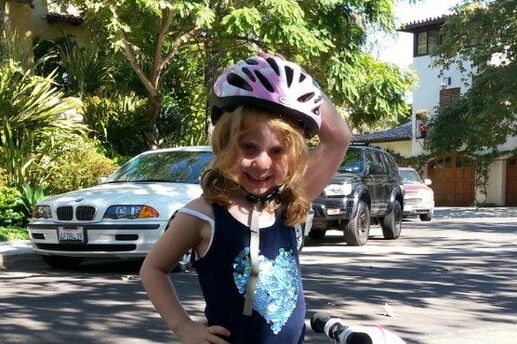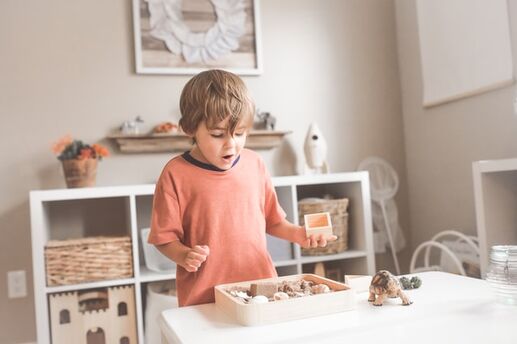The Power of Toddler Play
If you watch your toddler play by himself or interact with his friends, you’ll quickly realize that play takes many wonderful forms. Your child might spend all day building block towers or feeding his favorite stuffed animal while his cousin races around the backyard for hours. Trying out different ways to play can help your toddler develop new skills -- and have fun at the same time.
Active play helps your child’s body control and movement
As your toddler gains more control over his body, he’ll test the ways he can move. The result: a child who is jumping, climbing, swinging, and bouncing all over the place. The nonstop movement may tire you out, but it’s actually an important part of his development. Active play not only helps build a healthy body, it also strengthens critical thinking skills as he learns about size and shape (“Can I fit through this tunnel?”) and direction (“I can jump up and down!”).
Create a safe environment for active play by removing sharp or dangerous objects and providing toys to encourage movement, such as pillows to jump on or boxes to crawl through.
Creative, imaginative play is key to cognitive development
As your toddler’s imagination develops, you’ll notice that his play becomes more creative. His favorite blankie is also a cape, his blocks turn into zooming cars, and a cardboard box transforms into a castle. This imaginary play isn’t just cute to watch, it’s also key to your child’s development: It helps build problem-solving skills and language development.
Encourage your toddler to engage in imaginary play by supplying him with plenty of toys that will spark creative scenarios. These could include dress-up clothing, soft animals, and everyday objects, such as a wooden spoon (a wand!) or plastic cups (a row of little houses!).
Playing with others means learning valuable social skills
While solo play is a key part of your toddler’s development, play that involves peers or siblings is also crucial. Playing with other kids helps foster the social skills he'll need to navigate preschool and kindergarten in the years ahead. These skills may include sharing, resolving conflicts, and empathizing. Try to arrange playdates each week to give your toddler the opportunity to engage with other children his age.
While active, creative, and social games are all important, any and all playtime will be beneficial to your toddler. Just be sure not to skimp on the fun!







